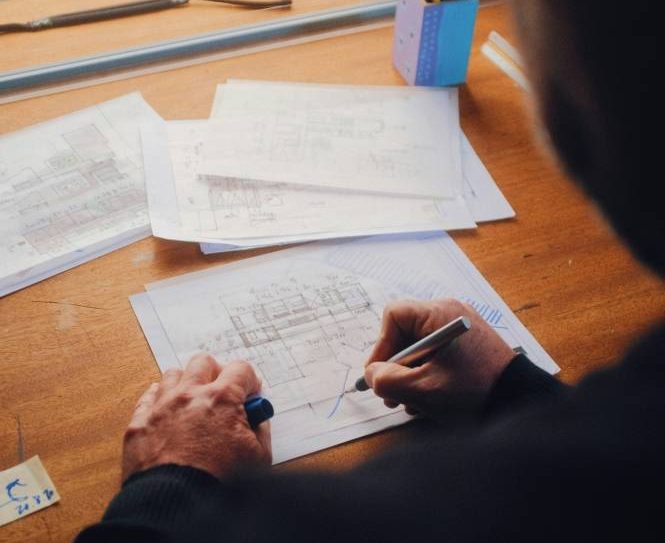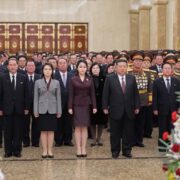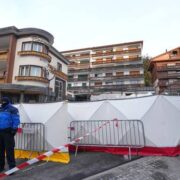Should you get foreign or local consultants?

I had the privilege of participating in one of the events at the recent national convention of the United Architects of the Philippines, where the subject of the discussion was whether Filipino architects are ready to compete with foreign architects in the Philippines.
The question was provocative and controversial, and answering it required some introspection on the state of architectural practice in the Philippines. It cannot be denied that many high profile projects in the Philippines were crafted with the aid of foreign designers. Some are even marketed as such, reinforcing the sentiment that Filipino expertise is not good enough.
But why is this so?
Golden age
Growing up in the ’60s and ’70s, I was exposed to what some architectural experts, such as Gerard Licu, refer to as the Golden Age of Philippine Architecture. This was a time of massive construction of public and private buildings, many notoriously marked by propaganda, excess, and national indebtedness.
Setting aside political agenda, one thing that set this era apart was that these buildings were created by Filipino architects. Local talent and expertise were sufficient to create some of our most outstanding landmarks.
Globalized environment
Fast forward to contemporary times and we now see a more globalized environment.
There are accredited Asean architects who are allowed to practice anywhere within the region under certain rules.
This gave local property developers greater liberty to tap global firms for projects in the Philippines. Local architects now find themselves competing with foreign firms for projects within the country.
In many instances, local architects’ chances of competing would be based on cost. Hybrid setups, wherein foreign firms lead the ideation and local architects handle the detailing work, are common.
Whether this has been advantageous to local practitioners or to the local profession at large is the subject of much discussion.
While there are several contemporary Filipino architects who have received global recognition and who have shown exemplary work worthy of international attention, many of these architects had the privilege of studying abroad or getting exposure to international best practices through travel, conferences, or work. They are a privileged elite, however, and are exceptions that prove the rule.
To the thousands of other architects in the Philippines who dream of making it big in their own country, such privileges are difficult to attain.
Elevating local practice
Thus, from a point of view of parity in training, the average Filipino architect starts at a disadvantage to their foreign peers. Sheer grit and raw talent may be good foundations, but competency and expertise are built through education, training, and experience. And it is here where elevating the Filipino architectural practice should begin.
A significant factor in the apparent disparity between competencies is our country’s economic status.
As a developing country, local education is challenged by funding and limited access to knowledge and technology. Local projects are modest in scale and investments in building are tempered relative to wealthier countries where building projects are larger and more complex, and whose more mature markets allow for cutting-edge designs that push their local practitioners toward higher levels of thought leadership and competitiveness.
Further aggravating this situation is the erratic progression of our economy whose history has been punctuated by incessant economic and political crises, preventing the steady progress enjoyed by more developed countries.
Impact of crises
The aftermath of crises often severely impacts the building industry, with sharp declines in the scale and number of projects and reduced job opportunities for architects.
Not only did these crises result in the downsizing or closure of firms, but also in hampered local knowledge growth due to a flight of intellectual capital through overseas employment, immigration, or shift in careers. Countries less disrupted by crises can realize compounding benefits yielded by economic stability.
Elite profession
Since buildings have historically been a means to express wealth (and power), architecture remains largely an elite profession. Buildings are imbued with prestige. Those with the means will tend to employ the best expertise available.
Often, and for reasons that are driven by logic as well as bias, those after prestige would seek foreign expertise due to the gravitas they project. This is the uneven competitive arena that local architects are in, one where they are forced to compete based on cost.
Urbanization is accelerating in developing countries more than in any other place in the world. Thus, the bulk of new urban space will be created in countries like the Philippines as declining population growth rates in mature economies signify a trend toward de-urbanization.
Innovative urban projects
Already, we are seeing a lot of innovative urban projects being proposed in the developing world, in places such as Bhutan and Nepal.
A surge in economic activity in the Philippines could imply several things: For one, it could present a boon to the local building industry, and the local design practice.
But it could also mean increased competition by foreign firms who would be enticed to promote their services and peddle their newfangled solutions to the naïve and starstruck eyes of developing countries eager to host the iconic designs of globally renowned starchitects.
There is, however, a larger playing field that architects should have a role in. As the urbanization of developing countries such as the Philippines accelerates, the need to mitigate the challenge of metropolitan growth in terms of water, energy, waste, congestion, housing, and climate change will also rise in urgency.
Addressing challenges
It is not just in the realm of building design that our young Philippine architects need to be ready. More importantly, they need to be ready to address our country’s most daunting urban challenges.
This, ultimately, is where we pin our hopes on our young Filipino architects. Despite being underdogs in our own turf, who else will better understand our problems than us? And who can best design the outcomes we want for ourselves but our own? Who else would be more invested in the local built environment but our local designers themselves?
Foreign expertise, prestige, and savviness may matter a lot, but they are often transactional, lacking the empathy, dedication, and soul a native mind can bring. If we are to ask for whom we design and toward what end, it will have to be for ourselves and for our own betterment. If design is storytelling, then who would we want to tell the story of our built environment?
Are our young Filipino architects ready to meet these challenges? They will have to be. And the rest of us will have to make sure they are.
The author is founder and principal of JLPD, a master planning and design consultancy practice. Visit www.jlpdstudio.com
The author is a built environment professional and the founder and principal of JLPD, a master planning, architecture and property consultancy. www.jlpdstudio.com
















